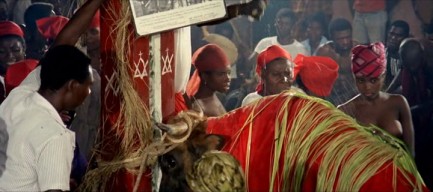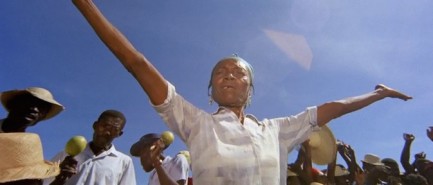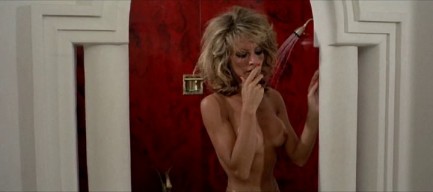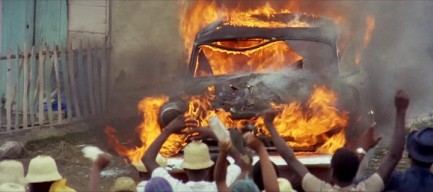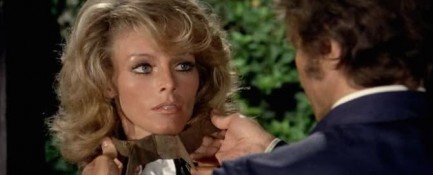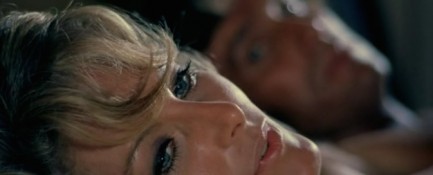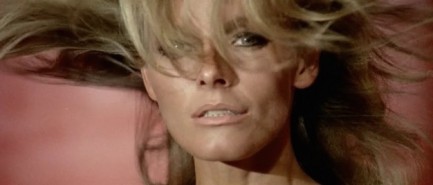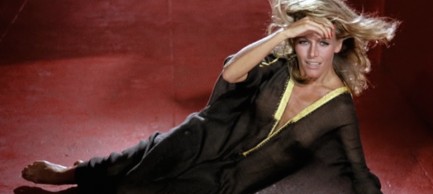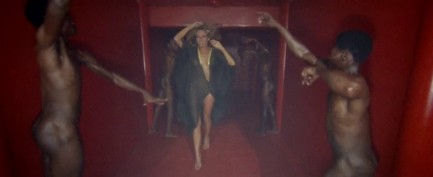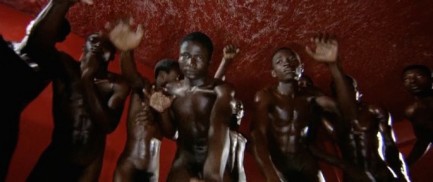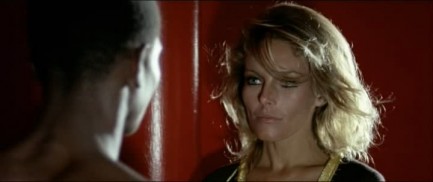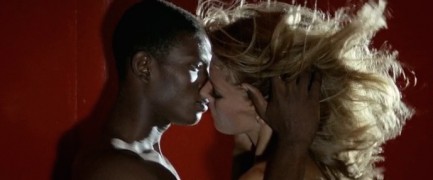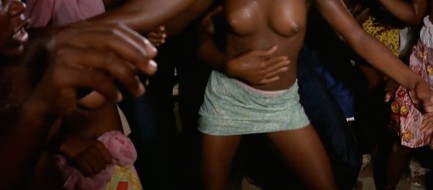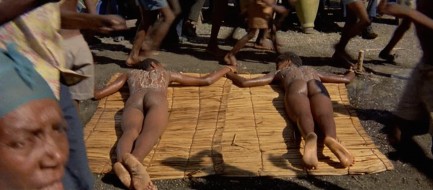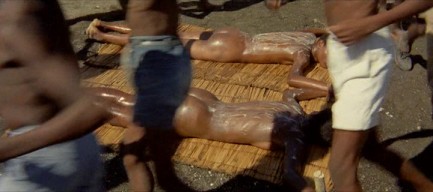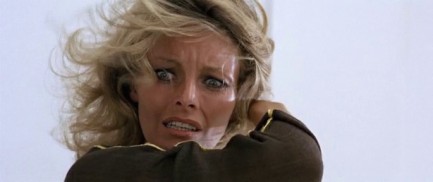| Vintage Pulp | Apr 6 2023 |

Except for a few quaint customs she clings to, she's a typical conservative society lady.
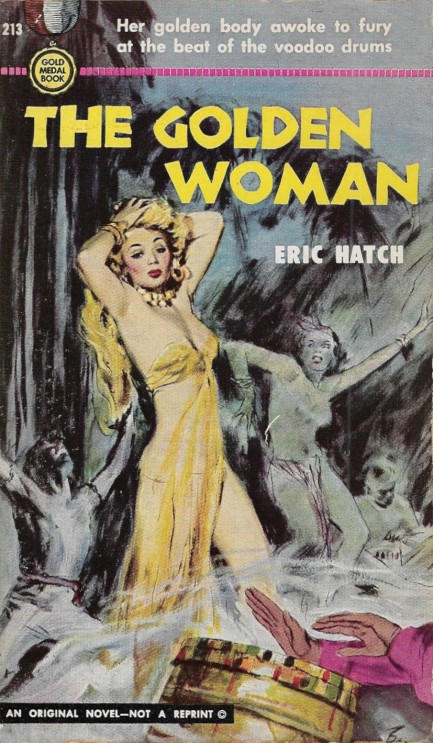
Love at first sight, and marriage on first night. At least a few mid-century writers worked this theme, and readers seemed to buy it. A few descriptions of how beautiful the woman was and voilà—hearts and wedding bells. But whether it actually worked as a device depended upon plot and writing skill. Eric Hatch, in his 1952 novel The Golden Woman, uses the exotic surroundings of Port-au-Prince, Haiti to weave the spell needed to make readers believe a fantastically rich young virgin named Yvette du Chambrigne and a naval officer named Walter Moore meet, fall in love, and marry over the course of a night and day. The romantic but reckless decision brings them into conflict with the Haitian elite, as Yvette has defied her powerful father's wishes to marry her off for political gain to a cruel army general named La Borde.
Yvette is Haitian, but she's also white. Well, near enough to count, though as Hatch writes the character, her smidge of African blood makes her—in some mysterious way that must have made sense to readers back in the day—primitive. We know, we know. We didn't write the thing. We just work here. Hatch's protagonist Walter Moore says he wouldn't care if Yvette were fully and visibly black, but since she's by any realistic measure fully and visibly white, he would say that, wouldn't he? Whether the young lovers are culturally compatible becomes a key question of the story, and this brackets a central plotline in which Moore becomes swept up in—you guessed it—revolution. We've read a few books now that have used the same idea. In this case, Moore basically leads the revolution. While riding a horse. And carrying a sword. While under the protection of the voodoo god Mala. Sounds silly, right? It is. But we have to admit it's also fun.
Eric Hatch is remembered today for his books 1101 Park Avenue (filmed in 1936 as My Man Godfrey) and The Year of the Horse (filmed as The Horse in the Gray Flannel Suit). With The Golden Girl he reminds readers that if you got one drop of ink in the milk, the milk was perceived to be fully ink. Even today, someone who is three quarters white and one quarter black is going to be seen as black. The Golden Woman is, in the Year of Our Division 2023, a reminder that ideas around "purity" still predominate—even if unconsciously—for many people. But leaving that fraught discussion aside and judging the book solely as a thriller, it's worth a read, absurd though the story may be. If you're interested in island adventures in general, or Haiti in particular, we say go for it. The art on this Gold Medal edition is by Barye Phillips, influenced by a Life magazine photo from 1948, which you see below.
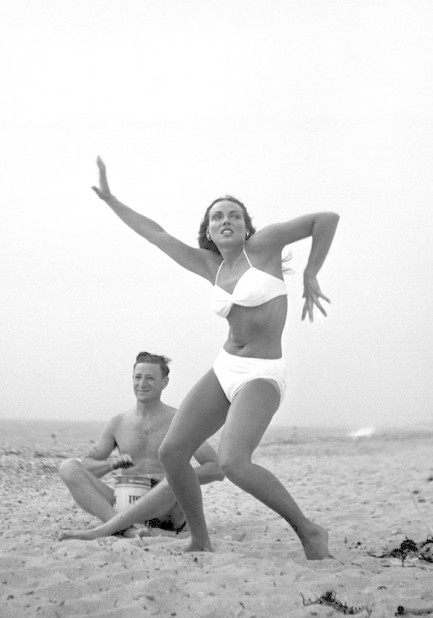

| Vintage Pulp | Sep 30 2016 |

Tropical storm Anita blows into Port-au-Prince.
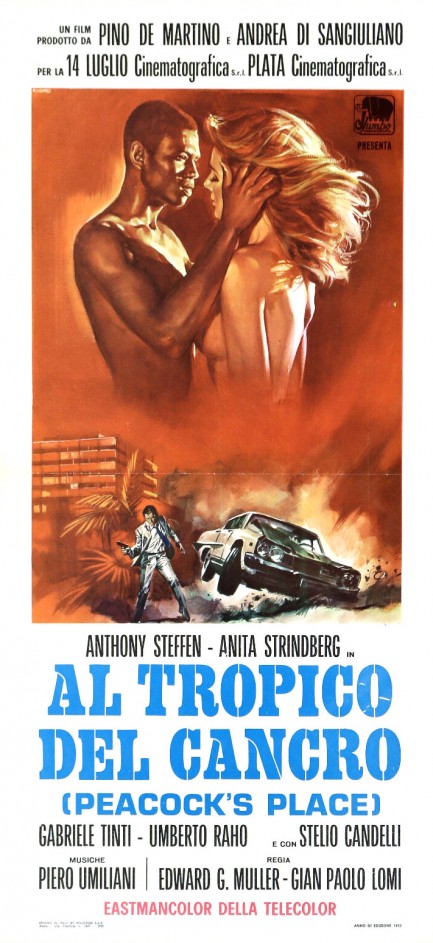
Set in Haiti, the Italian thriller Al tropico del cancro follows the story of a doctor who invents a powerful hallucinogenic drug that interests various parties who believe it to be priceless. In addition to being a giallo, some people consider this film a classic of—what would you call it?—not blaxploitation, but that unofficial sub-genre of movies (which we also wrote about yesterday in assessing Emmanuelle IV) in which white women go to the tropics and jettison their inhibitions. Though the promise of Renato Casaro's brilliant poster art undoubtedly draws many viewers to the film, star Anita Strindberg's interracial coupling is a highly stylized hallucination or dream, ancillary to the plot. She gives it her theatrical best, though, gangbangy subtext and all. The scene was bold in 1972's racial landscape—and still is today, which shows you how little progress we've made in half a century.
Strindberg is a favorite around Pulp Intl. She was one of our early femmes fatales—in fact the one that made us decide to feature the occasional frontal nude on the site. Otherwise we wouldn't have been able to share this shot. Under a ridiculous crown of sculptural ’70s hair, she's all high cheekbones, icy eyes, and a recurved mouth. Everything below her neck looks good too, although she sports a pair of early breast implants, but hey—her body her choice. Her nordic looks juxtapose nicely against Haiti's tropical setting. She's a gleaming alien there, which is important for the sense of disconnection her character feels as the various male cast members busy themselves trying to outsmart each other to acquire the drug formula.
Al tropico del cancro features awesome location shooting in Port-au-Prince, not only in the streets and estates, but in unlikely locales like a functioning abattoir where island beef production is depicted in full gore. Cows aren't the only animals that fare poorly, so be forewarned. The movie eventually ends in foot chases and gunshots, as greed for the formula triggers a spate of violence. Reaching this climax isn't the most gripping ride, but we've been on worse. We recommend the movie for fans of Strindberg, as well as for people interested in historic Port-au-Prince, much of which—the prized Cathédrale de Port-au-Prince, the capital building, the parliament, et al—was destroyed in a 2010 earthquake. Al tropico del cancro premiered in Italy today in 1972.
